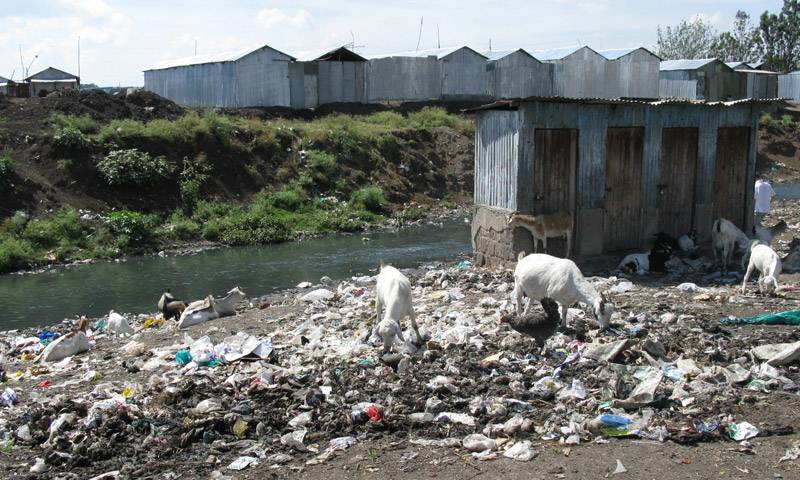How do pathogens get introduced into urban populations and how do they spread?

Zoonoses are diseases that jump across the species divide from animals to humans. Escherichia coli (E Coli) is a good example of a zoonosis and the focus of an ongoing research programme on the emergence of disease in Nairobi, Kenya.
Called ‘Urban Zoo’ for short, and involving 12 partner institutions in the UK and Kenya, including the Development Planning Unit (DPU), the project aims to map the mechanisms by which E Coli spreads in the city, by combining livestock commodity value chain analysis with a public-health, environmental, social, genetic and ecological characterisation of Nairobi.
As part of the planning, policy and social sciences thread of the project, which includes researchers from UCL Civil, Environmental & Geomatic Engineering and the International Institute for Environment and Development, the DPU is exploring how local environmental hazards interact with food preparation and consumption, and socio-spatial livestock keeping practices in low-income areas of Nairobi.
“We are also critically analysing relevant policies, institutional and everyday practices that are entrenching socio-spatial dimensions of environmental and health inequity in the city,” says Professor Julio D Davila, Director of the DPU, “as well as how those practices are influencing access to land for formal-informal livestock keeping and defining livestock typologies in and around the city.”
Urban Zoo is funded by the UK Research Councils and the UK government’s Living With Environmental Change Initiative, and co-ordinated by the University of Liverpool and Kenya’s International Livestock Research Institute.
 Close
Close

